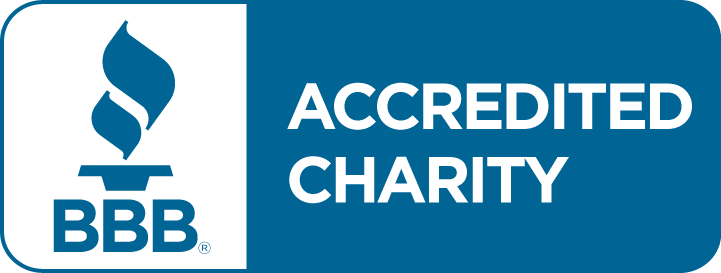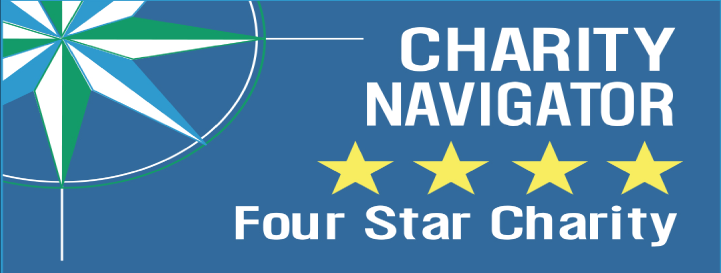皮肤毒性
Skin toxicity is a common side effect for colorectal cancer patients, but it can be uncomfortable and embarrassing.
皮肤毒性
Skin toxicity is a common side effect for colorectal cancer patients, but it can be uncomfortable and embarrassing.
Certain kinds of cancer treatments, particularly Epidermal Growth Factor Receptor inhibitors (EGFR-i), can cause a rash on the face and other areas of the skin, as well as skin changes for colorectal cancer patients.
Acne, pimples, rash, hives, and sunburn are common skin conditions, and they can be uncomfortable. Although EGFR rash may visually resemble these skin conditions, it’s entirely different and requires special attention.
Certain kinds of cancer treatments, particularly Epidermal Growth Factor Receptor inhibitors (EGFR-i), can cause a rash on the face and other areas of the skin, as well as skin changes for colorectal cancer patients.
Acne, pimples, rash, hives, and sunburn are common skin conditions, and they can be uncomfortable. Although EGFR rash may visually resemble these skin conditions, it’s entirely different and requires special attention.
What drugs cause skin problems?
Common EGFR-inhibitors (EGFR-i) used for colorectal cancer patients include cetuximab (Erbitux®) and panitumumab (Vectibix®). Other cancer drugs can lead to side effects of the skin. For example, regorafenib (Stivarga®) can cause severe hand-foot skin reactions (HFSR) and 5-FU can cause hand-foot syndrome.
While not all patients being treated with an EGFR-inhibitor will experience skin toxicity, studies suggest that 90% of those treated with cetuximab or panitumumab will experience it to some degree. Sometimes when the skin rash presents, it can be a sign that the treatment is working.
About EGFRs
EGFRs are located on cells and receive signals that let them know when it’s time for the cell to grow and divide. When the EGFR receptor is mutated, cancer cells may divide more rapidly. EGFR inhibitors are a class of targeted therapy drugs that block these mutated receptors from receiving signals to grow, thus slowing cancer cell growth.
The epidermis (outer layer of skin), hair follicles, and oil-producing glands have more EGFRs than other organs. This means that an unintended consequence of EGFR-i drugs can include skin toxicity (also called chemo rash, skin rash, and EGFR rash).
What drugs cause skin problems?
Common EGFR-inhibitors (EGFR-i) used for colorectal cancer patients include cetuximab (Erbitux®) and panitumumab (Vectibix®). Other cancer drugs can lead to side effects of the skin. For example, regorafenib (Stivarga®) can cause severe hand-foot skin reactions (HFSR) and 5-FU can cause hand-foot syndrome.
While not all patients being treated with an EGFR-inhibitor will experience skin toxicity, studies suggest that 90% of those treated with cetuximab or panitumumab will experience it to some degree. Sometimes when the skin rash presents, it can be a sign that the treatment is working.
About EGFRs
EGFRs are located on cells and receive signals that let them know when it’s time for the cell to grow and divide. When the EGFR receptor is mutated, cancer cells may divide more rapidly. EGFR inhibitors are a class of targeted therapy drugs that block these mutated receptors from receiving signals to grow, thus slowing cancer cell growth.
The epidermis (outer layer of skin), hair follicles, and oil-producing glands have more EGFRs than other organs. This means that an unintended consequence of EGFR-i drugs can include skin toxicity (also called chemo rash, skin rash, and EGFR rash).
EGFR Rash
An EGFR skin rash is different for everyone, and dermatologists often categorize the rash into grades I-V, based on severity. Skin toxicity can manifest in several ways:
Many patients on an EGFR-i have noticed that the rash is worsened in sunlight or heat. In addition, some patients will notice sensitivity to sunlight in general, independent of this rash. Medications, like antibiotics, may also make you more sensitive to the sun.
Tips to Manage the Rash
EGFR Rash
An EGFR skin rash is different for everyone, and dermatologists often categorize the rash into grades I-V, based on severity. Skin toxicity can manifest in several ways:
Many patients on an EGFR-i have noticed that the rash is worsened in sunlight or heat. In addition, some patients will notice sensitivity to sunlight in general, independent of this rash. Medications, like antibiotics, may also make you more sensitive to the sun.
Tips to Manage the Rash
Hand-Foot Skin Reaction (HFSR)
Multikinase inhibitors (like regorafinib), can lead to another type of skin reaction called hand-foot skin reaction (HFSR). Hand-foot syndrome can occur with some types of chemotherapy, like 5-FU, capecitabine, or regorafenib. This condition is not life-threatening and it gets better once you stop taking the drugs.
Tell your treatment team as soon as possible if you have signs of HFSR. Your team can help to determine the severity of your symptoms and can help you manage them by adjusting your treatment dose.
Tips to manage HFSR:
Hand-Foot Skin Reaction (HFSR)
Multikinase inhibitors (like regorafinib), can lead to another type of skin reaction called hand-foot skin reaction (HFSR). Hand-foot syndrome can occur with some types of chemotherapy, like 5-FU, capecitabine, or regorafenib. This condition is not life-threatening and it gets better once you stop taking the drugs.
Tell your treatment team as soon as possible if you have signs of HFSR. Your team can help to determine the severity of your symptoms and can help you manage them by adjusting your treatment dose.
Tips to manage HFSR:
Get more resources for managing skin toxicity in our 资源库.
Get more resources for managing skin toxicity in our 资源库.
Can I prevent symptoms?
Your doctors can work together to prescribe medications, like an oral antibiotic (such as tetracycline, doxycycline, or minocycline) or ointment to use once or twice/day before treatment begins. Topical steroids, such as triamcinolone cream, may also be prescribed to help manage symptoms as well.
If you have a rash on your scalp, you may consider talking to your care team about special shampoos to use that will cause less irritation.
Can I prevent symptoms?
Your doctors can work together to prescribe medications, like an oral antibiotic (such as tetracycline, doxycycline, or minocycline) or ointment to use once or twice/day before treatment begins. Topical steroids, such as triamcinolone cream, may also be prescribed to help manage symptoms as well.
If you have a rash on your scalp, you may consider talking to your care team about special shampoos to use that will cause less irritation.
Will skin rash and hand-foot syndrome go away?
Most EGFR-related skin rashes do not lead to scarring if managed properly. Post-inflammatory hyperpigmentation may last up to three months after treatment for people with darker skin, but generally this goes away. Hand-foot syndrome and HFSR will also go away after treatment ends. If your side effects are severe, your doctor may temporarily stop treatment until the symptoms get better.
Will skin rash and hand-foot syndrome go away?
Most EGFR-related skin rashes do not lead to scarring if managed properly. Post-inflammatory hyperpigmentation may last up to three months after treatment for people with darker skin, but generally this goes away. Hand-foot syndrome and HFSR will also go away after treatment ends. If your side effects are severe, your doctor may temporarily stop treatment until the symptoms get better.




